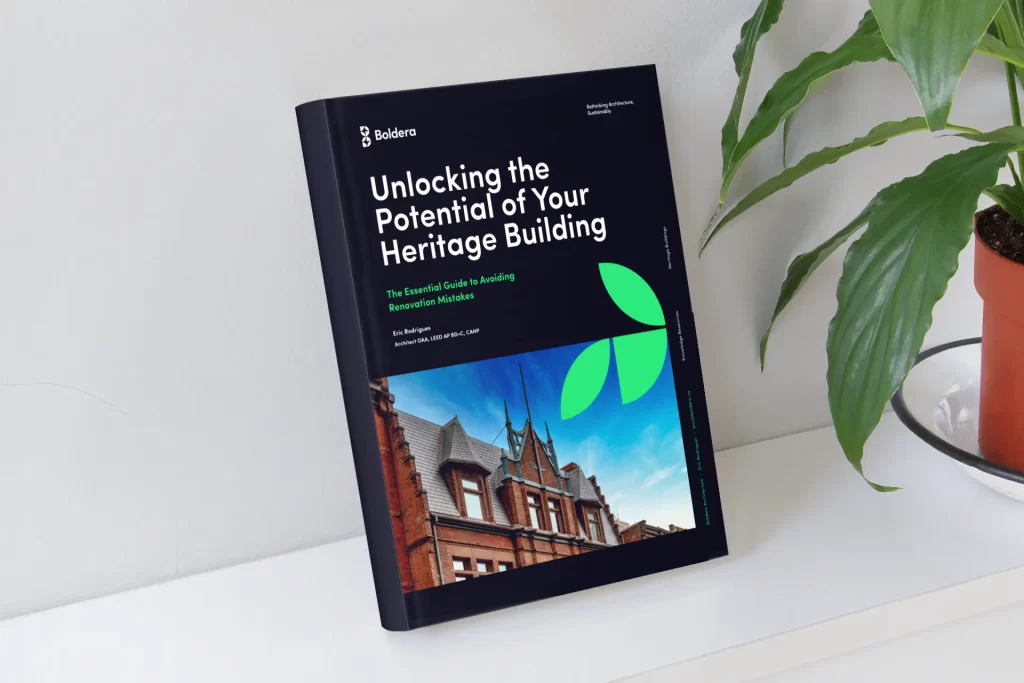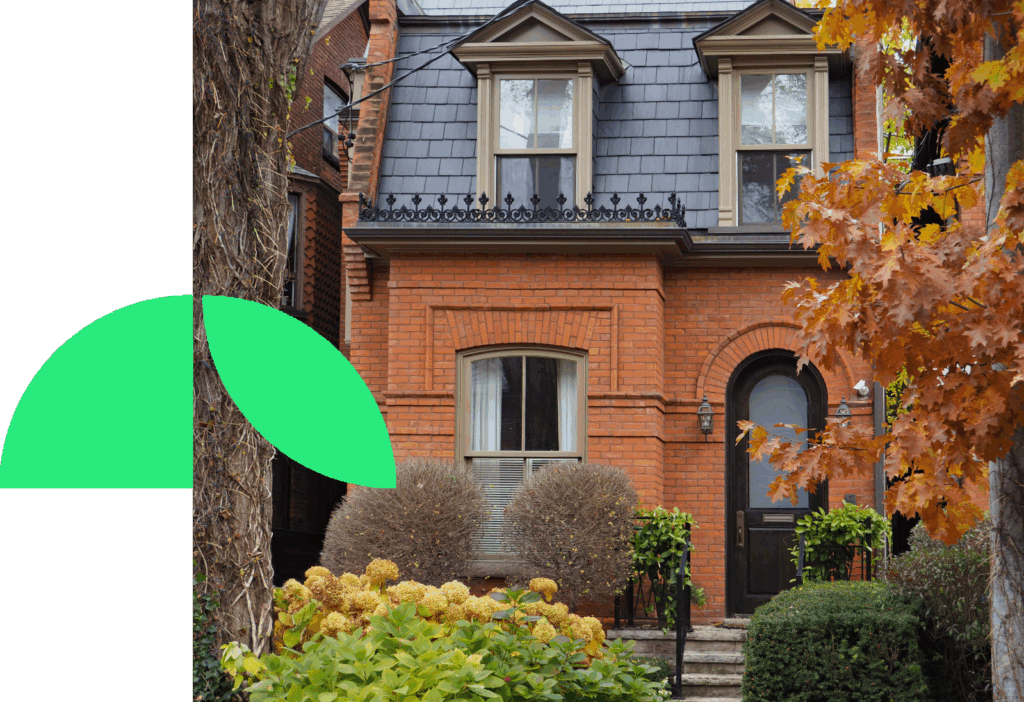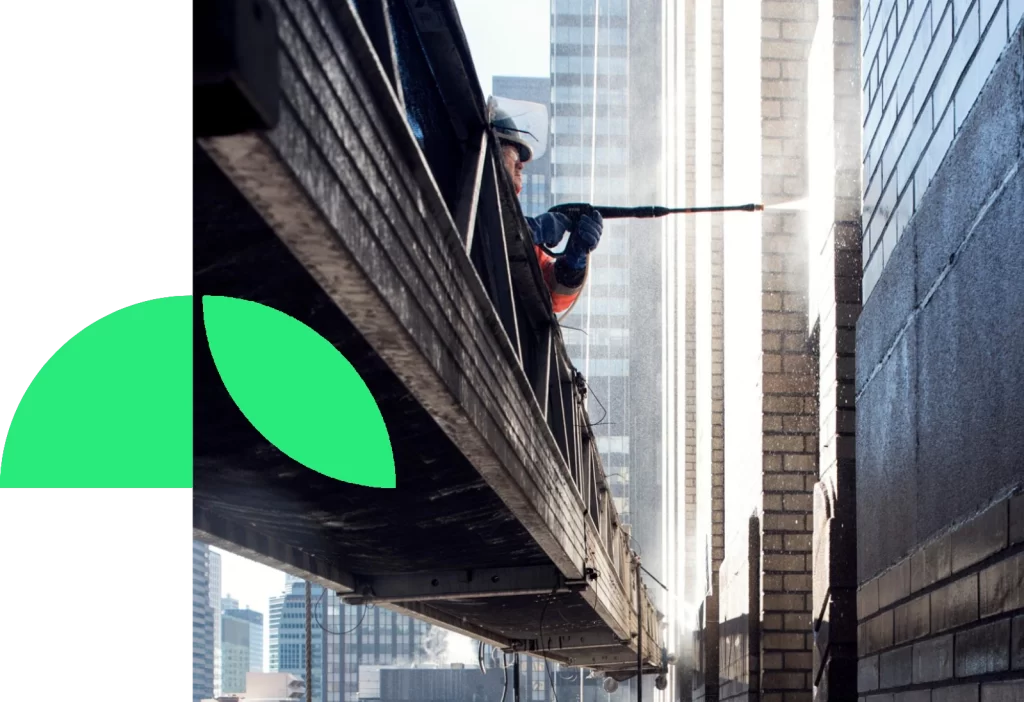The Business Case for Adaptive Reuse: Generating Lasting Value.
Eric Rodrigues, OAA, LEED AP BD+C, CAHP
In today’s world, where sustainability and responsible development are paramount, adaptive reuse of heritage buildings presents a win-win solution. It allows us to preserve our architectural heritage while unlocking new economic opportunities and generating significant ROI. But beyond the feel-good factor, is there a real business case for adaptive reuse?

Zeitz Museum of Contemporary Art Africa in Cape Town, South Africa is a great example of successful adaptive reuse.
Advantages of Adaptive Reuse
Reduced Development Costs
Compared to constructing new buildings, adaptive reuse often benefits from lower upfront costs. Existing structures provide a solid foundation, potentially reducing material needs and minimizing demolition expenses. Additionally, existing utilities and infrastructure can often be repurposed, further reducing costs.
Tax Incentives & Grants
Many municipalities offer tax breaks and financial incentives for heritage conservation projects. These incentives can significantly reduce your project costs and improve your overall return on investment.
Unique and Attractive Properties
By leveraging the unique character and charm of a heritage building, you create a space that stands out from the crowd. This can attract businesses and tenants willing to pay a premium for a distinct and authentic environment, contributing to higher rental rates and increased occupancy.
Sustainability Benefits
Adaptive reuse embodies sustainable practices by reducing construction waste, conserving resources, and minimizing environmental impact compared to new builds. This resonates with increasingly eco-conscious consumers and businesses, boosting your property’s reputation and marketability.
Community Value & Branding
Restoring and repurposing a beloved heritage building fosters a positive community image, builds goodwill, and strengthens your brand identity. This translates to positive PR, increased public recognition, and potential customer loyalty.
Faster Project Delivery
With an existing structure in place, construction timelines can be shorter compared to new builds, allowing you to generate income and recoup your investment sooner. This quicker path to profitability is a significant advantage in today’s competitive market.
Examples of Success
Countless success stories showcase the profitability of adaptive reuse. From vibrant office spaces in renovated factories to trendy restaurants housed in old churches, these projects demonstrate the commercial viability of revitalizing historical structures.
Of course, adaptive reuse presents some challenges. Navigating regulations, complying with heritage guidelines, and addressing potential structural complexities require careful planning and skilled professionals. However, with proper due diligence, expert involvement, and a clear vision, the rewards far outweigh the risks.

Park Shops Adaptive Reuse, NC State University, Raleigh, NC (Source: Clarknexsen)
Conclusion
By considering the financial advantages, sustainability benefits, and unique marketing opportunities, adaptive reuse emerges as a sound business decision. So, if you’re looking to invest in a project that delivers financial returns while preserving valuable history, consider turning the past into profit. Your community, the environment, and your bottom line will thank you for it.
Ready to explore the possibilities? Consult with Boldera Architects to unlock the potential of your historical property and turn history into a thriving business venture.
I hope this article has helped you with your planning. If you have questions, book a free 30-minutes Discovery Session with Boldera Architecture. This will unlock the full potential of your project and help you develop a quick action plan. My goal is to help you develop successful projects.






